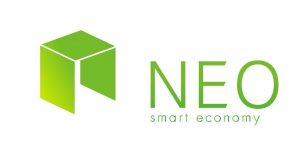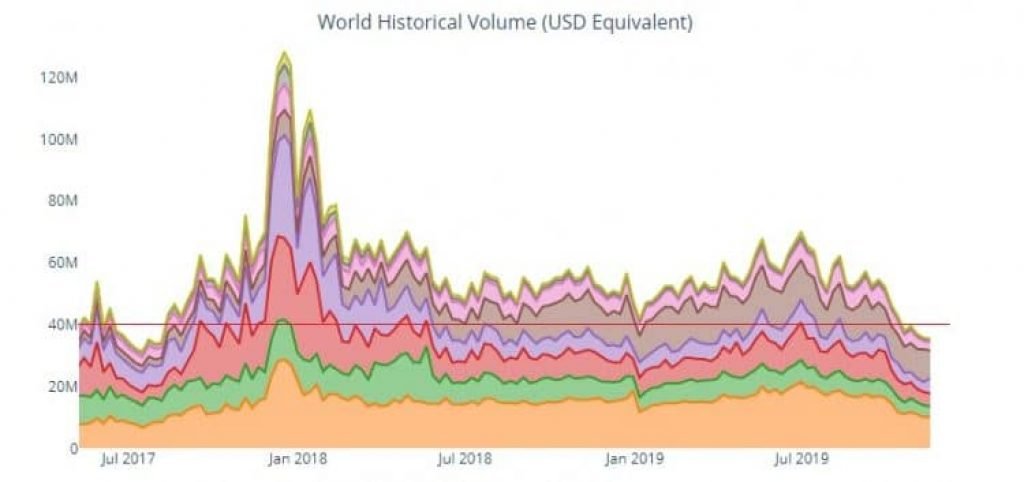
2019-1-17 13:10 |
The Loom Network is developed to be the next-generation blockchain platform for large-scale online games and social apps. It means that users could build apps such as Twitter of World of Warcraft on Ethereum blockchain.
The team believes that blockchains are for more than just financial transactions, that they can be used to build games with features such as provably scarce items, tradable tokens, eternal worlds, and multi-game-spanning universes.
Moreover, it can be used to build social applications that are not driven by advertising, that are monetizable via karma tokens, expandable via multiple-client apps, minimization of trust, and more.
Loom NetworkThe aim of the Loom Network is to build a fundamental infrastructure platform that will help solve Ethereum scaling issue, and is the first Ethereum scaling solution to be live in production.
Loom Network was created as Platform as a Service built on top of Ethereum that allows developers to run large-scale decentralized applications. This lets developers build DApps with the trust and security of the world’s most secure public blockchain, along with the computing resources necessary to run commercial-scale services. Like how Filecoin tokenized disk space, Loom aims to be the tokenized application protocol of the new decentralized web.
The Loom network was founded in 2017 and officially launched in March 2018 by James Duffy, Luke Zhang and Matthew Campbell. The company already had successful projects and the most notable was CryptoZombies. It is a free code school with more than 175 thousands students, where developers can learn how to build games (and other DApps) on Ethereum. The team created CryptoZombies to train the next generation of Blockchain developers. First to teach them how to write their first smart contracts on Ethereum, and later to teach them how to build their first Loom Network DAppChain.
In the process, CryptoZombies rose in popularity and became the world’s number one resource for learning Ethereum development. Currently, the team is in the process of forking CryptoZombies to run as the second DAppChain on the Loom Network.
The Loom SDKThe Loom Network is addressing the scalability issue of the Ethereum blockchain by using DAppChains – DApps running as their own sidechains. Basically, a DAppChain is an Application Specific Sidechain, which runs parallel to a mainchain, Ethereum in this case. Its rule set is customized based on the use-case, and its security is maintained by the mainchain’s consensus algorithm.
Due to the fact that all transactions on a DAppChain are connected to its DApp, it is possible to run a consensus algorithm that is optimal for these transactions. For instance, for games it would be optimal to use Delegated Proof of Stake (which the Loom Network supports out of the box) because it has a very high speed and extremely low fees.
The Loom Network enables its users to use Loom’s Software Development Kit (SDK) to create the basics for a DAppChain. SDK as a Loom’s core product, allows developers to build their own blockchains without having to understand blockchain infrastructure.
DelegateCallThe very first DApp available on the Loom Network is DelegateCall. It was developed to show potential developers what is possible to build by using the Loom Network SDK.
DelegateCall is the first fully blockchain based Q&A site. You can earn tokens by posting and answering questions. It is the first live DAppChain built by Loom Network, with real Ethereum-backed tokens running on a lightning fast and scalable platform.
By creating DAppChains it is possible to define a number of complex transaction types natively. For instance, DelegateCall’s DAppChain has native transaction types for creating accounts, creating/ updating posts, accepting answers, and upvoting/ downvoting. You can also watch these transactions happening in real-time at blockchain.delegatecall.com, a block explorer built for the DelegateCall DAppChain.
The tokens earned by posting and answering questions on DelegateCall can be redeemed for a tradable ERC-20 “DelegateCall token” on Ethereum mainnet, allowing users to earn rewards proportional to their contributions to the site.
The Loom TokenLoom token was launched in March 2018 with the Loom Network. There was no ICO as the project was funded by Techstars NYC.
The token performs as a lifetime membership card to all DApps running on Loom Network and it allows you to transfer your data and digital assets between Loom DAppChains and the Ethereum mainnet. You can think of it as a software license key.
It is an ERC20 token based on Ethereum and can be stored on Ethereum wallets. For instance, you can use your Loom token to transfer your DelegateCall karma points to Ethereum and sell them for ETH, thus earning money when other users upvote your answers.
If you want to transfer assets from a Loom DAppChain to Ethereum (or to another DAppChain) the DApp will first check the Loom token balance of your wallet. If you have at least 1 token in your possession, you can proceed with the asset transfer. If not, you’ll need to purchase a token before you’ll be allowed to transfer data between chains.
At the moment the price of 1 Loom on official web site is $1.99. Currently there is only 1 membership tier – the user tier, which requires 1 token, and allows users to transfer tokens between Loom DAppChains and Ethereum mainnet.
At the moment of writing, Loom is priced at $0.0492722 with daily trading volume of more than $1.8 million and market cap above $28 million. The current circulating supply is 622,200,416 Loom out of total supply of 1 billion.
When the Loom token was launched in March 2018, the price was $0.075966 with daily volume of $2.5 million. Since then, the price has been steadily increasing reaching its peak on May 4th at $0.756345 with daily trading volume of more than $132 million and market capitalization of above $433 million. Then it suffered from the overall bear market that struck crypto industry and took a sharp decline to the current record lows, both in value and market cap.
The token can be traded at popular exchanges such as Binance, KuCoin, Hotbit, IDEX, etc.
If you are wondering why not just buy the token at one of the exchanges as it is significantly cheaper than on the official web site, you should note that most of exchanges have a minimum withdrawal amount and they charge a fee to withdraw. So it only makes sense if you’re buying a larger number of tokens.
If you are just regular user who needs 1 or 10 tokens, than probably it is better to purchase it via the official web site.
Final ThoughtsThe Loom Network plans to release public beta version of SDK in June 2018 and a few big-name projects who are building on the Loom SDK that have not been announce yet. After showing that they have solved the scalability issue of Ethereum with the DelegateCall Dapp, the team will focus on games. They plan to release three blockchain based games developed in-house over the next 3 months.
Before the launch of Loom Network, it just wasn’t possible to build fully decentralized games of any real scale – but with the launch of Loom Network, now it is.
With tools like CryptoZombies to help train the next generation of Blockchain developers and Loom’s SDK, you can expect the surge in number of DApps built on the Loom Network.
The post All about Loom Network (LOOM): Platform for Large-Scale Online Games and Social Apps appeared first on CaptainAltcoin.
origin »Loom Network (LOOM) íà Currencies.ru
|
|


